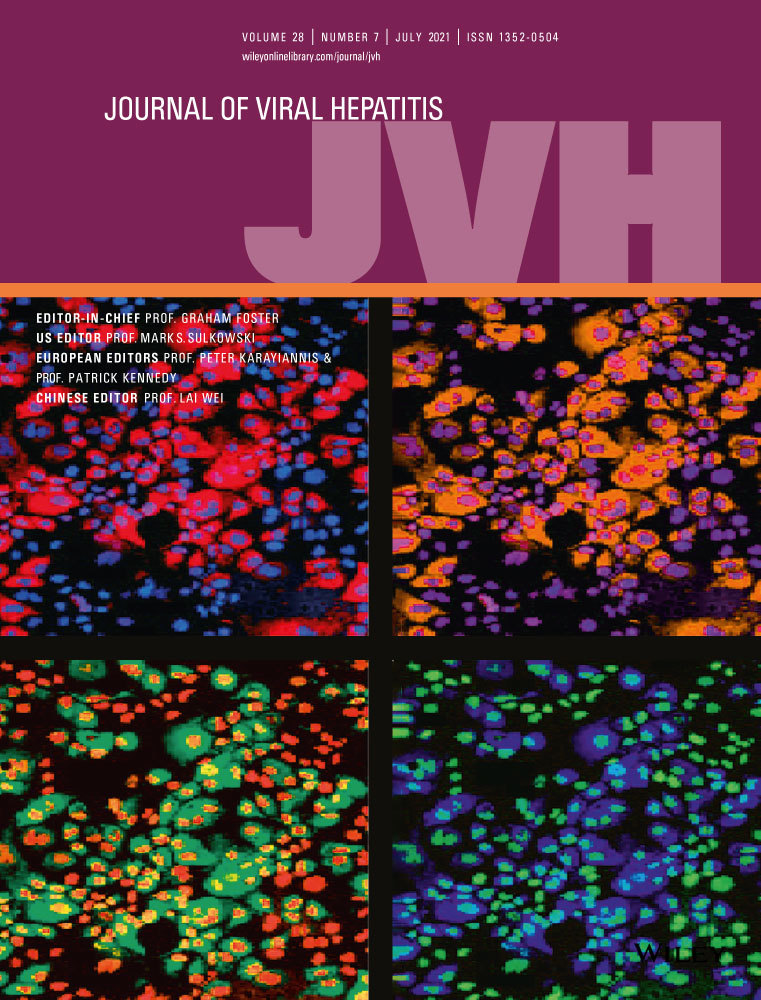Assessing risk scores for predicting hepatocellular carcinoma in Thai patients with chronic hepatitis B
Funding Information
This study was funded by the Chulabhorn Royal Academy.
Abstract
Chronic hepatitis B (CHB) infection–associated hepatocellular carcinoma (HCC) is a major health problem in Asian countries. Several HCC risk prediction models have been developed using either treated or untreated CHB patients. However, there is limited validation of these risk scores in a treated and untreated mixed CHB patient cohort. This study analysed and validated HCC risk scores among 2208 CHB patients who enrolled in the HCC surveillance programme in Thailand during July 2010. The baseline clinical and radiologic data of these CHB patients were applied to calculate various HCC risk scores. There were 20 patients (0.9%) with HCC development at the 5.9-year follow-up. The areas under the receiver operating characteristic curves (AUROCs) predicting HCC risk at 5 years were 0.80 (0.68–0.91), 0.73 (0.60–0.85), 0.79 (0.67–0.91), 0.70 (0.58–0.82), 0.72 (0.59–0.85), 0.76 (0.63–0.87) and 0.77 (0.64–0.89) for the GAG-HCC, CU-HCC, REACH-B, PAGE-B, mPAGE-B, CAMD and AASL scores, respectively. The overall HCC risk scores were accurate and comparable. However, the subgroup analysis revealed better HCC-risk-predictive performance in the treated patients, while performance was less helpful in those not fulfilling criteria for antiviral therapy. Clinicians should be aware of these data when using the HCC risk score in untreated CHB patients.
CONFLICT OF INTEREST
The authors declare that they have no conflicts of interest.
Open Research
DATA AVAILABILITY STATEMENT
The data that support the findings of this study are available from the corresponding author upon reasonable request.




